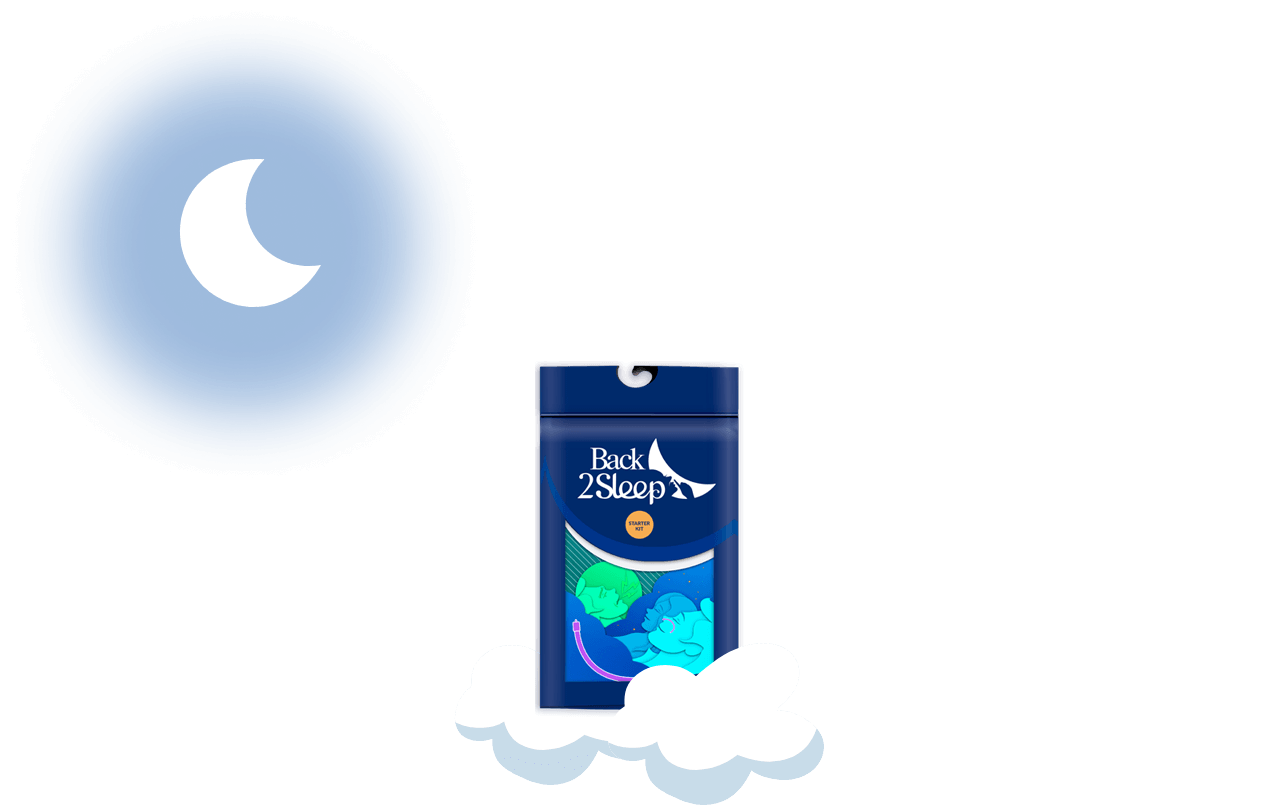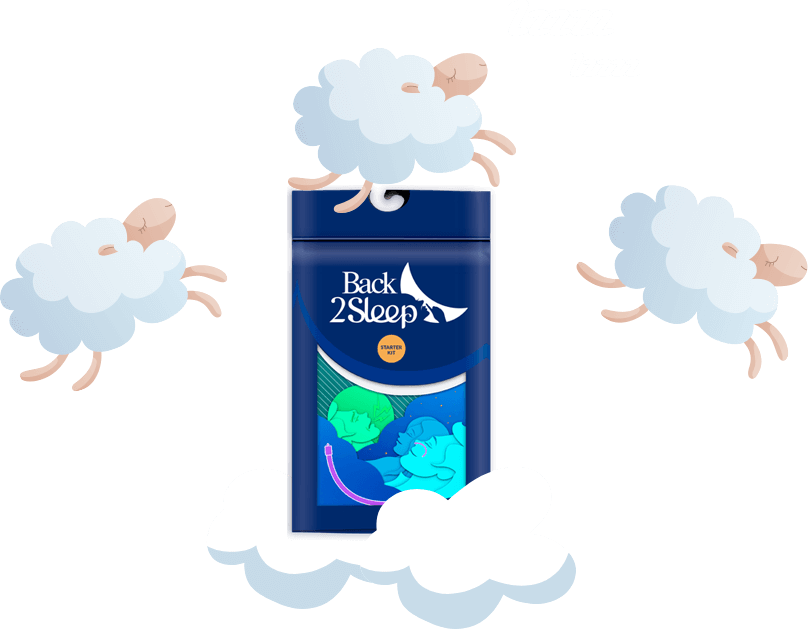Sleep Apnea and Daytime Drowsiness: Recognize the Warning Signs Before It's Too Late
Understanding the dangerous connection between obstructive sleep apnea and excessive daytime sleepiness that affects over 900 million adults worldwide
Obstructive Sleep Apnea-Hypopnea Syndrome (OSAHS) silently disrupts the lives of millions, causing repeated breathing interruptions during sleep that lead to debilitating daytime drowsiness. This dangerous combination—sleep apnea and excessive daytime sleepiness—creates a cascade of health consequences including cardiovascular disease, workplace accidents, and dramatically reduced quality of life. Recognizing the warning signs early is critical for diagnosis and treatment before serious complications develop. From understanding the Epworth Sleepiness Scale to identifying subtle daytime symptoms, this comprehensive guide reveals how to detect sleep apnea through its most prominent symptom: uncontrollable drowsiness that intrudes into daily activities.
Critical Statistic: An estimated 900 million adults aged 30-69 worldwide suffer from obstructive sleep apnea. Yet 93% of women and 82% of men with moderate-to-severe OSA remain undiagnosed, suffering silently from excessive daytime sleepiness and its dangerous consequences.

The Hidden Epidemic: Sleep Apnea by the Numbers
Research reveals a sobering reality: obstructive sleep apnea causes complete or partial upper airway collapse during sleep, resulting in intermittent episodic hypoxia and impaired ventilation. Clinical studies show that 26-32% of U.S. adults are at risk of or have OSA, with prevalence expected to increase dramatically as obesity rates rise.
What Is Obstructive Sleep Apnea? Understanding the Mechanism
Obstructive sleep apnea occurs when throat muscles, the soft palate, or tongue tissue relax excessively during sleep, physically blocking the airway. An apnea is defined as a complete breathing pause lasting at least 10 seconds, while a hypopnea represents reduced airflow. Diagnostic criteria specify ≥15 respiratory events per hour alone, or ≥5 events per hour combined with typical symptoms.
The Two Physiological Consequences
OSA creates two devastating effects that directly cause excessive daytime sleepiness:
🫁 Intermittent Hypoxia
Repeated oxygen deprivation causes oxidative injury to neurons in wake-promoting brain regions, particularly affecting noradrenergic and dopaminergic neurotransmission pathways.
💤 Sleep Fragmentation
Constant micro-arousals prevent deep, restorative sleep stages. Your brain never achieves the sustained sleep architecture necessary for cellular repair and memory consolidation.
🧠 Neuronal Degeneration
Animal studies demonstrate that both hypoxia and fragmentation cause neuronal injury and degeneration specifically in wake-promoting brain regions like the locus coeruleus.
🔬 White Matter Changes
Brain imaging studies reveal white matter alterations in patients with excessive daytime sleepiness, showing structural brain changes that explain persistent drowsiness.
Medical Definition: OSA is diagnosed when polysomnography or home sleep testing reveals predominantly obstructive respiratory events with an apnea-hypopnea index (AHI) of ≥5 events per hour plus symptoms, or ≥15 events per hour regardless of symptoms.
How Do I Know If I Have Obstructive Sleep Apnea? Primary Warning Signs
Early recognition of OSA symptoms can be life-saving. While symptoms may vary between individuals, certain patterns consistently indicate this sleep-related breathing disorder.
Nighttime Symptoms: What Happens While You Sleep

Morning Symptoms: Starting the Day Wrong
How you feel upon waking provides crucial diagnostic clues:
Excessive Daytime Sleepiness: The Most Disruptive Symptom
Excessive daytime sleepiness (EDS) represents the hallmark symptom of obstructive sleep apnea, occurring when sleepiness intrudes into activities of daily living. This isn't ordinary tiredness—it's pathological drowsiness that catches people off guard at work, home, or dangerously, behind the wheel.
Deadly Reality: Drowsiness and fatigue are involved in 10% of fatal road accidents. People with excessive daytime sleepiness have increased risk of motor vehicle crashes, occupational injuries, and even increased mortality rates.
Main Daytime Symptoms of Sleep Apnea
Important Distinction: Many patients use words like "tired," "exhausted," or "brain fog" when describing EDS. However, fatigue is a lack of energy while sleepiness is an inability to stay awake—understanding this difference helps doctors make accurate diagnoses.
Mental Health Connections
The relationship between sleep apnea, excessive daytime sleepiness, and mental health is bidirectional and significant:
People with EDS due to OSA are substantially more likely to develop depression and anxiety compared to those with OSA without excessive sleepiness, creating a vicious cycle that further impairs quality of life.
The Epworth Sleepiness Scale: Measuring Your Risk
The Epworth Sleepiness Scale (ESS) is a validated, eight-question self-assessment tool used worldwide to evaluate daytime sleepiness. Developed in 1991 by Dr. Murray Johns at Epworth Hospital in Melbourne, Australia, this simple questionnaire takes just 2-3 minutes to complete yet provides crucial diagnostic information.
How the Epworth Scale Works
You rate your likelihood of dozing off or falling asleep in eight common scenarios on a scale from 0 (would never doze) to 3 (high chance of dozing):
| Situation | Scoring |
|---|---|
| Sitting and reading | 0 = Never doze, 1 = Slight chance, 2 = Moderate chance, 3 = High chance |
| Watching TV | 0 = Never doze, 1 = Slight chance, 2 = Moderate chance, 3 = High chance |
| Sitting inactive in public place | 0 = Never doze, 1 = Slight chance, 2 = Moderate chance, 3 = High chance |
| As passenger in car for 1 hour | 0 = Never doze, 1 = Slight chance, 2 = Moderate chance, 3 = High chance |
| Lying down to rest in afternoon | 0 = Never doze, 1 = Slight chance, 2 = Moderate chance, 3 = High chance |
| Sitting and talking to someone | 0 = Never doze, 1 = Slight chance, 2 = Moderate chance, 3 = High chance |
| Sitting after lunch (no alcohol) | 0 = Never doze, 1 = Slight chance, 2 = Moderate chance, 3 = High chance |
| In car, stopped in traffic | 0 = Never doze, 1 = Slight chance, 2 = Moderate chance, 3 = High chance |
Interpreting Your ESS Score
Normal Range
Average daytime sleepiness. No immediate concern, though lower scores are always better.
Mild to Moderate
Abnormal drowsiness indicating possible mild to moderate sleep apnea. Medical consultation recommended.
Severe
Clearly pathological, suggesting severe sleep apnea or narcolepsy. Immediate medical attention necessary.
Clinical Note: Research shows ESS scores correlate with sleep apnea severity measured by apnea-hypopnea index (AHI). Patients with OSA average ESS scores of 11.7, compared to 5.9 for normal sleepers. A cutoff of 10 is suggested for screening, though some clinics use 8 for increased sensitivity.

Important Limitations of the ESS
While valuable, the Epworth Sleepiness Scale is not a diagnostic test by itself. It measures symptoms but cannot diagnose the underlying condition. Studies show only 66-76% sensitivity in identifying OSA, meaning it can miss some cases. Additionally, many OSA patients underestimate their sleepiness before treatment—one study found mean ESS scores increased from 11.8 to 15.4 when patients retrospectively assessed their pre-treatment drowsiness after experiencing improvement.
Real Lives Affected: Patient Experiences
"I often travel between cities by train and couldn't sleep without embarrassing snoring in public spaces. After diagnosis and treatment, I can now sleep whenever I want to without worry."
"Since I can now sleep well, I feel less drowsy during the day. I can maintain concentration while driving, which was becoming genuinely dangerous before treatment."
"My own snoring would wake me up multiple times per night. The fatigue affected my work performance and mood. Treatment changed everything—I'm finally myself again."
Getting Diagnosed: What to Expect
If you experience persistent warning signs, consulting a doctor or sleep specialist is essential. Diagnosis typically involves a structured process combining clinical evaluation with objective sleep testing.
The Diagnostic Journey
Initial Consultation
Your doctor reviews symptoms, medical history, and conducts physical examination of your airway, throat, and nasal passages. Epworth Sleepiness Scale may be administered.
Sleep Study Referral
Based on clinical suspicion, your doctor orders either home sleep apnea testing (polygraphy) for straightforward cases or in-laboratory polysomnography for complex situations.
Sleep Testing
Polysomnography monitors brain waves, blood oxygen levels, heart rate, breathing, eye movements, and leg movements overnight. Home tests monitor breathing patterns, oxygen saturation, and airflow.
Results & Diagnosis
Sleep specialist interprets results, calculates apnea-hypopnea index (AHI), and determines severity: mild (5-14 events/hour), moderate (15-29 events/hour), or severe (30+ events/hour).
Home Sleep Testing: Level III home sleep apnea tests have become increasingly popular, offering convenience and lower cost. However, they're most appropriate for patients with high pre-test probability of moderate-to-severe OSA without significant comorbidities.
How Is Sleep Apnea Treated? Comprehensive Treatment Approaches
Treatment selection depends on OSA severity, underlying causes, patient preferences, and comorbid conditions. Modern treatment options range from lifestyle modifications to advanced medical devices and surgical interventions.

Lifestyle Modifications: Foundation for All Treatment
For mild to moderate cases, lifestyle changes can significantly reduce symptoms and may even resolve OSA in some patients:
⚖️ Weight Loss
Losing even 10% of body weight can reduce AHI by 26% on average. Weight reduction decreases fatty tissue around the airway, improving breathing.
🚭 Smoking Cessation
Smoking increases upper airway inflammation and fluid retention, tripling sleep apnea risk. Quitting reduces airway irritation dramatically.
🍷 Alcohol Avoidance
Alcohol relaxes throat muscles, worsening airway collapse. Avoiding alcohol 3-4 hours before bed reduces apnea events by up to 50%.
🛌 Positional Therapy
Sleeping on your side rather than your back prevents tongue and soft tissue from blocking the airway due to gravity.
CPAP Therapy: The Gold Standard
Continuous Positive Airway Pressure (CPAP) remains the most effective and commonly prescribed treatment for moderate-to-severe OSA. The device delivers steady pressurized air through a mask, creating a pneumatic splint that prevents airway collapse during sleep.
Critical Finding: Even among patients using CPAP for 5+ hours nightly, 1 in 3 still reports feeling sleepy during the day. This "residual excessive daytime sleepiness" requires additional treatment approaches.
Alternative Devices: When CPAP Isn't Right
Several alternatives exist for patients unable or unwilling to use CPAP therapy:
| Treatment | Best For | Effectiveness | Advantages |
|---|---|---|---|
| CPAP Machine | Moderate-severe OSA | Very High (when compliant) | Proven gold standard, covered by insurance |
| Mandibular Advancement Device | Mild-moderate OSA | Moderate | Portable, no electricity needed |
| Back2Sleep Nasal Stent | Mild-moderate OSA, snoring | High (92% satisfaction) | Invisible, silent, travel-ready, 10-second insertion |
| Hypoglossal Nerve Stimulation | Moderate-severe OSA (CPAP-intolerant) | High | Surgical implant, no mask |
| Positional Device | Positional OSA only | Moderate | Simple, affordable |
The Back2Sleep Advantage: Innovative Nasal Stent Technology
Back2Sleep (formerly Nastent™) offers a CE-certified medical nasal stent specifically designed to reduce snoring and treat mild-to-moderate obstructive sleep apnea without bulky CPAP masks. This discreet soft silicone tube fits in one nostril, reaching the soft palate to prevent airway collapse.
⚡ Immediate Effectiveness
Over 92% user satisfaction with noticeable results from night one. Clinical validation since 2017 launch with 1 million+ units sold.
🤐 Completely Silent
No mask, no machine noise, no electricity required. Ideal for couples and frequent travelers who need consistent sleep quality.
✈️ Travel-Friendly
Compact packaging fits easily in luggage. Insert in 10 seconds—no complex setup required unlike CPAP equipment.
💰 Cost-Effective
€39 starter kit with 4 sizes. Monthly subscriptions from €24.91/month—more affordable than CPAP supplies over time.
Press Recognition: Since its launch in June 2017, Back2Sleep has been regularly featured in major health publications including APMnews.com, Le Quotidien du Médecin, Top Santé, Femina, and Santé Magazine.
Surgical Options for Structural Issues
When anatomical abnormalities cause or contribute to OSA, surgical correction may provide permanent solutions:
When Treatment Isn't Enough: Residual Excessive Daytime Sleepiness
A significant proportion of patients continue experiencing excessive daytime sleepiness despite receiving optimized OSA treatment. This "residual EDS" affects 12-65% of CPAP users, representing a major clinical challenge that requires additional therapeutic approaches.
Why Does Residual Sleepiness Occur?
The mechanisms underlying persistent drowsiness in treated OSA patients remain incompletely understood, but research points to several contributing factors:
Treatment Options for Residual EDS
When optimized OSA treatment fails to resolve excessive daytime sleepiness, additional interventions may help:
| Medication | Mechanism | Effectiveness |
|---|---|---|
| Modafinil (Provigil) | Promotes wakefulness through dopamine pathway modulation | Moderate improvement in 50-60% of patients |
| Armodafinil (Nuvigil) | R-enantiomer of modafinil with longer half-life | Similar to modafinil with potentially longer duration |
| Solriamfetol (Sunosi) | Dual dopamine/norepinephrine reuptake inhibitor | Significant improvement in clinical trials |
| Pitolisant (Wakix) | Histamine H3 receptor antagonist/inverse agonist | Promising results in European studies |
Important Note: Wake-promoting medications treat the symptom (EDS) but not the underlying condition. They should only be used after optimizing OSA treatment and ruling out other causes of daytime sleepiness. Always consult your sleep specialist before starting these medications.
Why Treatment Matters: Serious Health Consequences of Untreated OSA
Obstructive sleep apnea isn't merely a quality-of-life issue—untreated OSA significantly increases mortality risk and contributes to numerous serious health conditions. Understanding these consequences underscores the critical importance of diagnosis and treatment.
Cardiovascular Complications
Metabolic and Endocrine Effects
Sleep apnea disrupts normal metabolic function through multiple pathways:
Cognitive and Neurological Impact
Chronic intermittent hypoxia and sleep fragmentation cause measurable brain changes:
Accident Risk and Public Safety
Public Health Crisis: Excessive daytime sleepiness from OSA causes approximately 800,000 motor vehicle accidents annually in the United States alone. Drowsy driving rivals drunk driving in crash causation, yet receives far less public awareness.
Studies demonstrate that untreated OSA increases motor vehicle crash risk by 2-7 times compared to the general population. Occupational injuries also spike—workers with untreated OSA have 2.5 times higher workplace injury rates.
Quality of Life and Social Impact
Beyond medical complications, OSA profoundly affects daily functioning:
When to Consult a Doctor: Don't Delay Diagnosis
Many people normalize their excessive daytime sleepiness, accepting chronic fatigue as their "new normal." However, recognizing when professional evaluation becomes necessary can literally save your life.
Red Flags Requiring Immediate Medical Attention
Supporting Documentation for Your Doctor Visit
Prepare for your consultation by gathering:
Living Successfully with OSA Treatment: Long-Term Management
Effective OSA management requires ongoing commitment and adjustment. Treatment adherence directly correlates with health outcomes—inconsistent use provides inconsistent benefits.
Maximizing CPAP Compliance
For CPAP users, consistency is everything. Insurance companies and clinical guidelines typically define adherence as using the device at least 4 hours per night for 70% of nights. However, optimal results require using CPAP throughout the entire sleep period.
Lifestyle Optimization
Treatment devices work best when combined with supportive lifestyle habits:
Take Action: Your Health Depends on It
Daytime drowsiness is one of the most telling signs of sleep apnea, yet the condition often remains undiagnosed for years—sometimes decades—causing silent damage to your cardiovascular system, brain, and overall health. If you suffer from chronic fatigue that leads to unplanned dozing during the day, waking exhausted despite adequate sleep time, or any combination of symptoms discussed in this article, it's time to consult a doctor.
When properly diagnosed and treated, sleep apnea outcomes improve dramatically. Patients report feeling reborn—experiencing energy levels they haven't felt in years, improved mood, restored relationship harmony, and renewed professional success. The investment in diagnosis and treatment pays lifelong dividends in health, happiness, and longevity.
Your Next Steps: Complete the Epworth Sleepiness Scale, discuss symptoms with your doctor, undergo sleep testing if recommended, and explore treatment options including both CPAP and innovative alternatives like Back2Sleep nasal stents. Don't let another day—or night—pass without addressing this treatable condition.
Ready to Reclaim Restful Sleep and Daytime Energy?
Join over 1 million people worldwide who have transformed their lives with effective sleep apnea treatment solutions.
Get Your Starter Kit - €39✓ 92% satisfaction rate ✓ Immediate results ✓ Travel-friendly ✓ No electricity needed
Frequently Asked Questions About Sleep Apnea and Daytime Drowsiness








